Over the last few months, electric car sales seem to have gone from hot to cold. Hertz is dumping 20% of its 100,000 Tesla fleet, and Ford is cutting production of its F-150 Lightning. Tesla has gone from raising prices to cutting them. In fact, Tesla is reducing prices so much that the CEO of Stellantis (a merger between Fiat and Peugeot) has expressed concern that if other automakers join Tesla CEO Elon Musk in implementing similar cuts, it will result in a bloodbath for the industry.
Are electric cars a fad, like beanie babies, pet rocks, or fidget spinners?
The short answer is no. The full answer comes with a lot of nuance.
Once you have driven an electric car and experienced the magic of instant acceleration, it is very hard to go back to driving an ICE (internal combustion engine) vehicle. The instant torque of an electric motor is magical. It is something you have to experience. Explaining the feeling of driving an EV to those who have not driven one is like explaining a rainbow to a blind man.
There are many other advantages:
Your house becomes your own “gas station.” You park the car in the garage, plug it in, and voila, it is fully charged in the morning. (I cannot tell you how much I don’t miss gas stations.) My Tesla charges at 45 miles per hour from a 220-volt outlet. That doesn’t sound like much, but most charging happens at night.
The car is very quiet. Electric motors don’t make any noise. In fact, government regulations require EVs to make a slight noise so that pedestrians can hear them.
Since EV motors sit on top of the axle and don’t have a transmission connecting the engine to the back wheels, there is no bulge in the middle of the car — so the cabin is roomier.
Finally, EVs are much cheaper to run. The cost of charging the car is significantly lower (by as much as half) than the gasoline for an ICE vehicle, and EVs have fewer moving parts (just a few dozen) compared to thousands for ICE competitors, thus requiring significantly less maintenance.
You’d think, with these advantages, that the rate of EV adoption would look like a hockey stick (much like it did from 2019 to 2021). Today, however, it looks like the adoption rate is likely to decelerate before it accelerates again.
The main obstacle is the charging process. It can be broken down into three factors: battery capacity, charging speed, and availability of charging stations.
Currently, the theoretical range for a regular EV is approximately 250-to-300 miles — emphasis on theoretical. That range requires ideal conditions, such as moderate weather (not too hot or too cold) and driving within a speed limit of 70 miles per hour. When it’s hot, the car not only cools the cabin but also the batteries to protect them. In colder temperatures, the batteries’ chemical reactions slow down, reducing efficiency. A recent story from Chicago, where sub-zero temperatures caused a large number of electric cars to become stranded, does not make a great infomercial for EVs in cold climates.
Today, Tesla has by far the best EV charging infrastructure. Other companies’ charging infrastructure is spotty and charging speeds are slower than Tesla’s. If you own a house, which two thirds of Americans do, you have a charging station in your garage. Thus, daily commutes come with zero charging anxiety. But if it’s a long-distance trip, it requires planning; and even with Tesla, it comes with some anxiety. Also, it takes between 20 minutes and an hour to charge a car at charging stations. If you live in states where EV adoption is very high, you may find yourself waiting in long lines to charge your car.
Early adopters — people with short and predictable commutes, households with multiple cars — are the market EV makers are addressing today, but that’s just a fraction of the total car market. My family represents the average consumer who owns an electric car — affluent (these cars are usually more expensive, though government subsidies more or less put them on par with ICE vehicles), owns a house (for apartment dwellers, owning an EV makes little sense unless your building has charging), and only one family car is an EV (the second is an ICE vehicle for long-distance commuting).
If battery technology and charging infrastructure remain where they are today, the share of EVs in the total car market is unlikely to grow significantly. (One caveat is oil prices — if they skyrocket, the greater savings from driving EVs will increase their adoption.)
But battery technology and infrastructure will not remain stagnant. Car companies from Hyundai to Toyota are announcing new battery breakthroughs and introducing solid-state batteries (batteries based on new chemistry), which have higher energy density and double or triple the capacity of current batteries, with faster charging and greater safety technology. Toyota is planning to produce a battery with double or triple the current range, capable of fully charging in just 10 minutes. Researchers at Harvard University have filed patents for a fast-charging solid state battery that lasts thousands of charging cycles.
It is evident that battery technology has reached its limits with current chemistry (the one that powers our laptops and current EVs). The new chemistry will change the auto industry. I am an optimist, because I believe in free markets, human ingenuity, and the hunger for self-actualization — and yes, unadulterated greed. Money will drive new breakthroughs — the carrot for coming up with new, step-changing battery technology has never been higher.
Infrastructure will also improve. The auto industry, without the government’s help, is transitioning to a single charging adapter (Tesla’s). Faster charging and the expansion and improvement of charging stations (which at some point will become a staple in grocery store parking lots, office buildings, etc.) will go a long way in reducing range anxiety.
Imagine a world where it takes only 10 minutes to charge an electric car with a range of 900 miles. Whether you live in an apartment building or under a bridge, owning an EV will become a no-brainer. This is not the world of today, but we are going to see this world, not in three years but probably in less than ten.
The next several years will be very difficult for automakers. Ironically, though traditional automakers will be bleeding money on EVs, they have cash flows from ICE cars to fall back on, while Tesla is a one-trick EV pony – though it’s one hell of a trick.
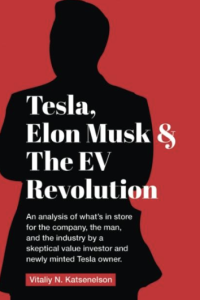
In 2019, I wrote a series of essays on Tesla, which I later edited into “Tesla, Elon Musk, and the EV Revolution.” The book is available in audio, paperback, and digital formats on Amazon. Amazon allows authors to make their books free for a few days each year. You can download the digital version for free from Friday (tomorrow) until Monday.
Additional thoughts on EVs
Some people buy EVs because they think they are “greener” than ICE cars. The absence of a tail pipe doesn’t automatically make them greener, because pollution production is shifted from the car to the electricity producer.
The “greenness” of your EV will depend on the fuel source of the electricity that charges your battery. If the source is solar, nuclear, or wind energy, your EV will be cleaner than ICE. However, if the electricity in your area is generated by a coal plant, then, unfortunately, you are essentially driving a coal-powered car.
Additionally, mining the minerals that go into EV batteries is a very energy-intensive process that also produces a lot of CO2. Making the battery is also very energy-intensive. Thus it takes more energy and CO2 pollution to produce an EV than an ICE car; so it takes a few years of driving for an EV to become a cleaner alternative than an ICE car (the exact number of years is unclear).
On one side, EVs give countries a choice in energy sources, whereas ICE cars can only be powered by gasoline, which is oil-based. Electricity can be generated from a variety of sources, including oil, natural gas, coal, nuclear, solar, wind, hydro, and geothermal. Of course, the US is the largest producer of oil in the world – giving us a measure of geopolitical independence. On the other hand, lithium and rare earth materials, which are currently components of EV batteries, create their own geopolitical and environmental dynamics. A lot of these materials come from China. (The US has reserves, but they are “too dirty” for us to mine them.)
Feel free to share your thoughts about this essay here.
Additional thoughts on my last essay about Israel, anti-Semitism, DEI, and socialism:
My long essay discussing Israel, antisemitism, DEI, and the decay of our universities took a week to write and a month to rewrite. It was a difficult and complex topic. My only regret is that I did not stress enough a very important point: Hamas is still holding over 100 Israeli civilians as hostages.
Many readers left their comments on my website. You can read them here, and feel free to share your thoughts, too.
If you would like to get an Israeli perspective on what is going on in Israel, I highly recommend the podcast by the American Canadian columnist, writer, and political adviser Dan Senor. Dan has written several books about Israel, including his latest, The Genius of Israel, which is a very worthwhile read. It provides important insights into the uniqueness of this small but mighty country.
On his podcast, Dan interviews different Middle East experts, including Haviv Gur, a journalist for the Times of Israel. I find Haviv’s perspective on Israeli history and society to be compelling.
Tom Friedman of the Times wrote a very interesting essay after a recent visit to the Middle East. This excerpt really makes you think:
Once Sharon pulled Israel out of Gaza [in 2005], Palestinians were left, for the first time ever, with total control over a piece of land. Yes, it was an impoverished slice of sand and coastal seawater, with some agricultural areas. And it was not the ancestral home of most of its residents. But it was theirs to build anything they wanted.
Had Hamas embraced Oslo and chosen to build its own Dubai, not only would the world have lined up to aid and invest in it; it would have been the most powerful springboard conceivable for a Palestinian state in the West Bank, in the heart of the Palestinian ancestral homeland. Palestinians would have proved to themselves, to Israelis and to the world what they could do when they had their own territory.
But Hamas decided instead to make Gaza a springboard for destroying Israel. To put it another way, Hamas had a choice: to replicate Dubai in 2023 or replicate Hanoi in 1968. It chose to replicate Hanoi, whose Củ Chi tunnel network served as the launchpad for the ’68 Tet offensive. …
There is so much to criticize about Israel’s occupation of the West Bank, which I have consistently opposed. But please, spare me the Harvard Yard nonsense that this war is all about the innocent, colonized oppressed and the evil, colonizing oppressors; that Israel alone was responsible for the isolation of Gaza; and that the only choice Hamas had for years was to create an underground “skyline” of tunnels up to 230 feet deep (contra Dubai) and that its only choice on Oct. 7 was martyrdom.
Key takeaways
- The EV market is experiencing a temporary slowdown, but electric cars are not a passing fad. The advantages of EVs, such as instant acceleration, convenience of home charging, and lower operating costs, make them appealing to consumers.
- Current obstacles in the EV market include limited battery range, charging time, and infrastructure availability. These factors are particularly challenging for long-distance travel and in extreme weather conditions.
- The future growth of the EV market depends on advancements in battery technology and charging infrastructure. Promising developments, such as solid-state batteries and faster charging capabilities, could significantly boost EV adoption within the next decade.
- The EV market is currently most suitable for early adopters and specific demographics, such as affluent homeowners with predictable commutes. Wider adoption will require overcoming current limitations.
- The environmental impact of EVs in the current market is complex, depending on the source of electricity used for charging and the energy-intensive production process of batteries. The “greenness” of EVs varies based on these factors.
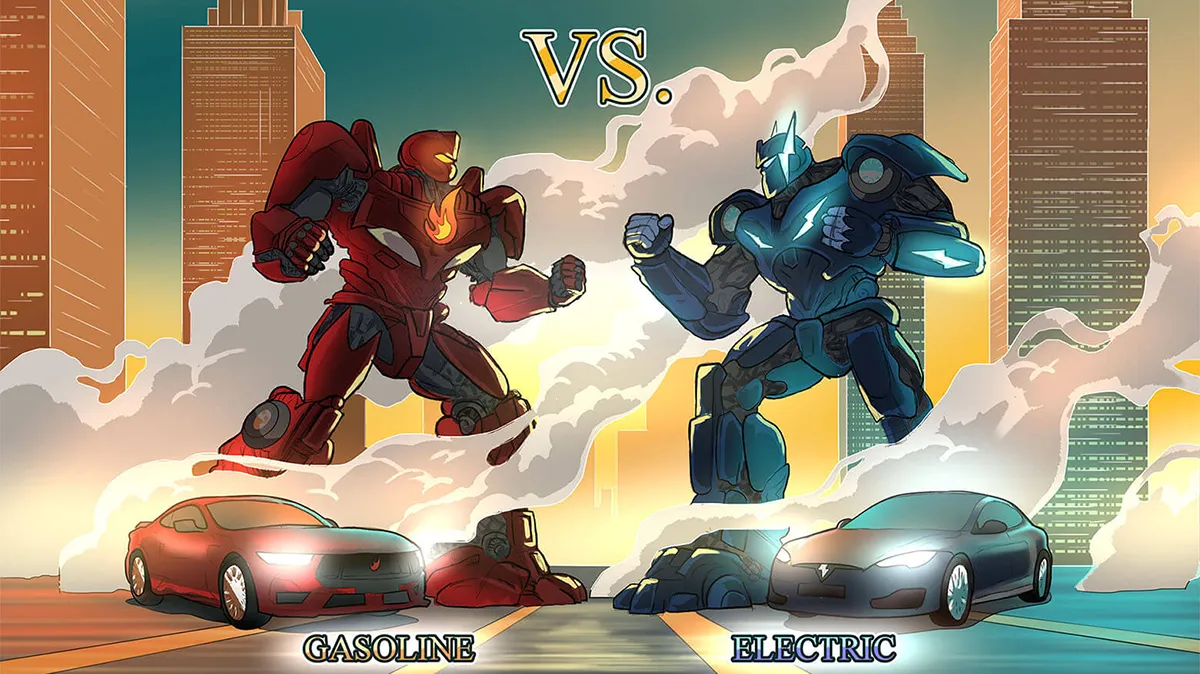
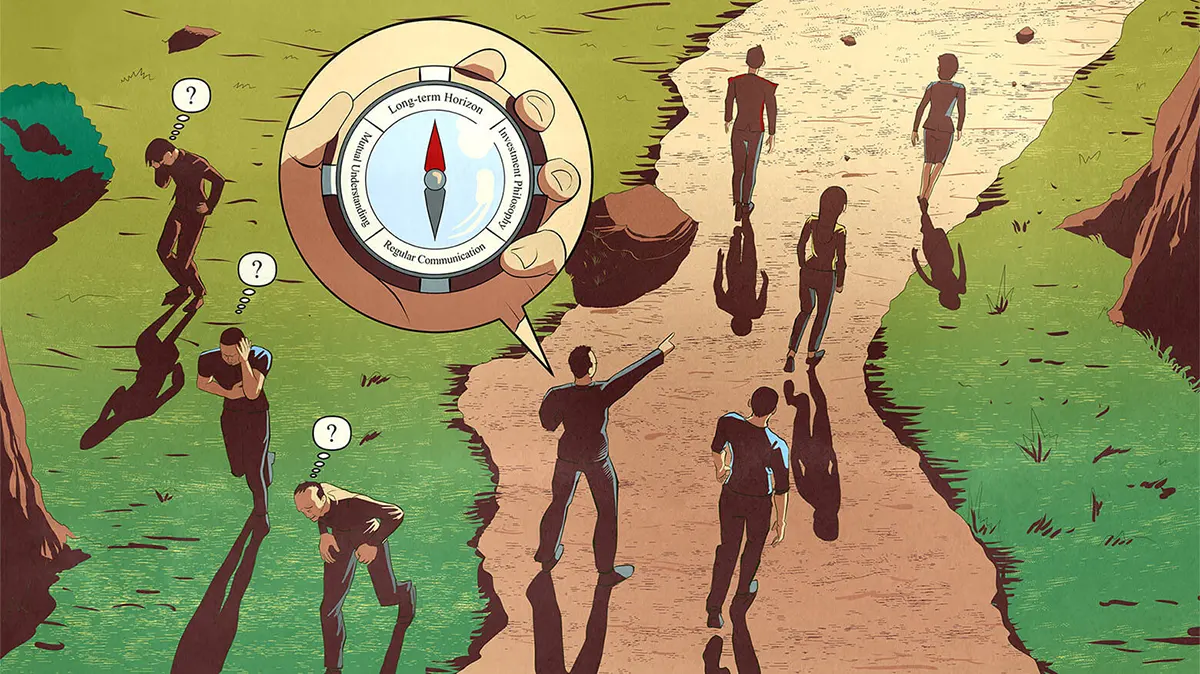
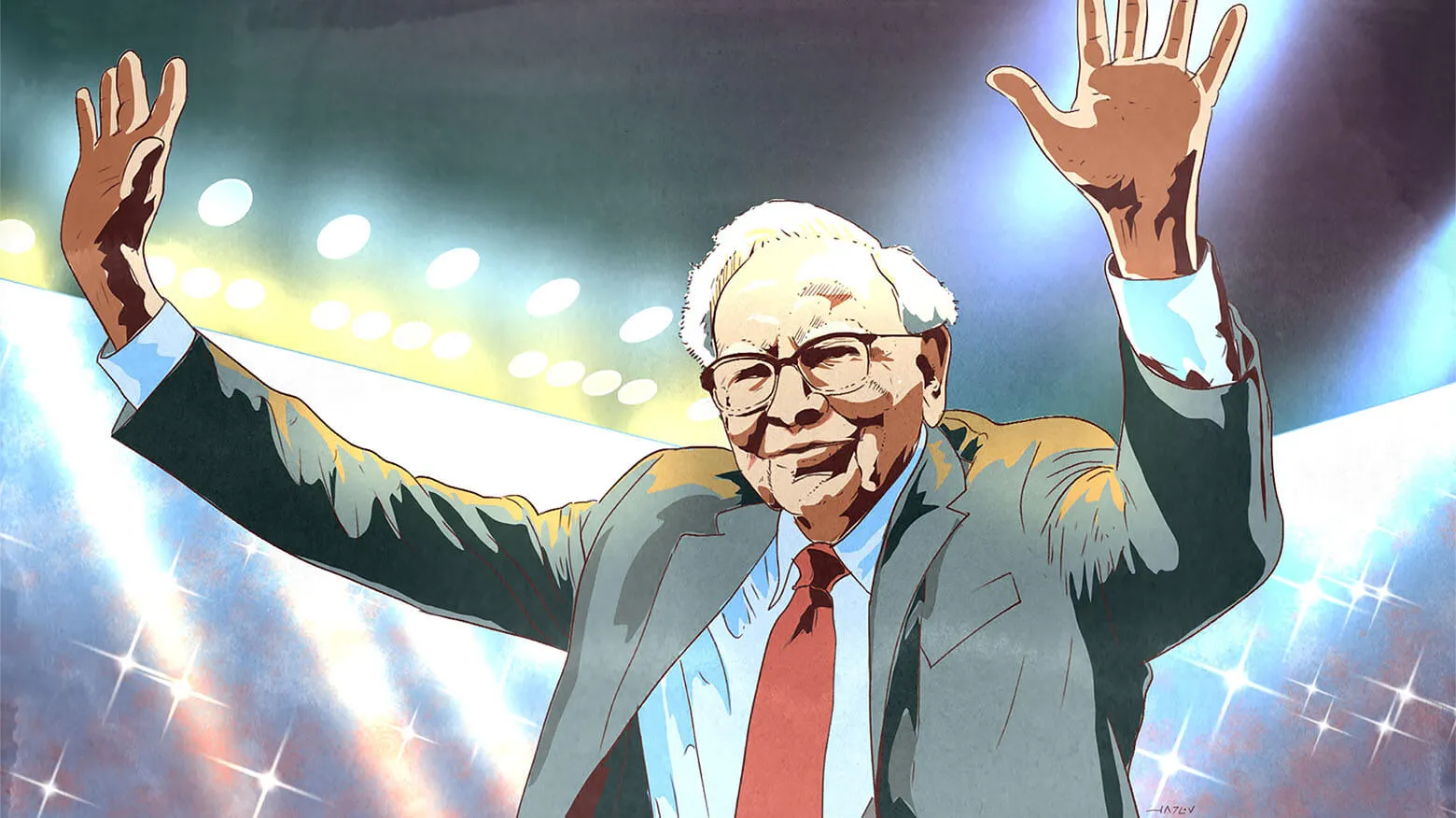
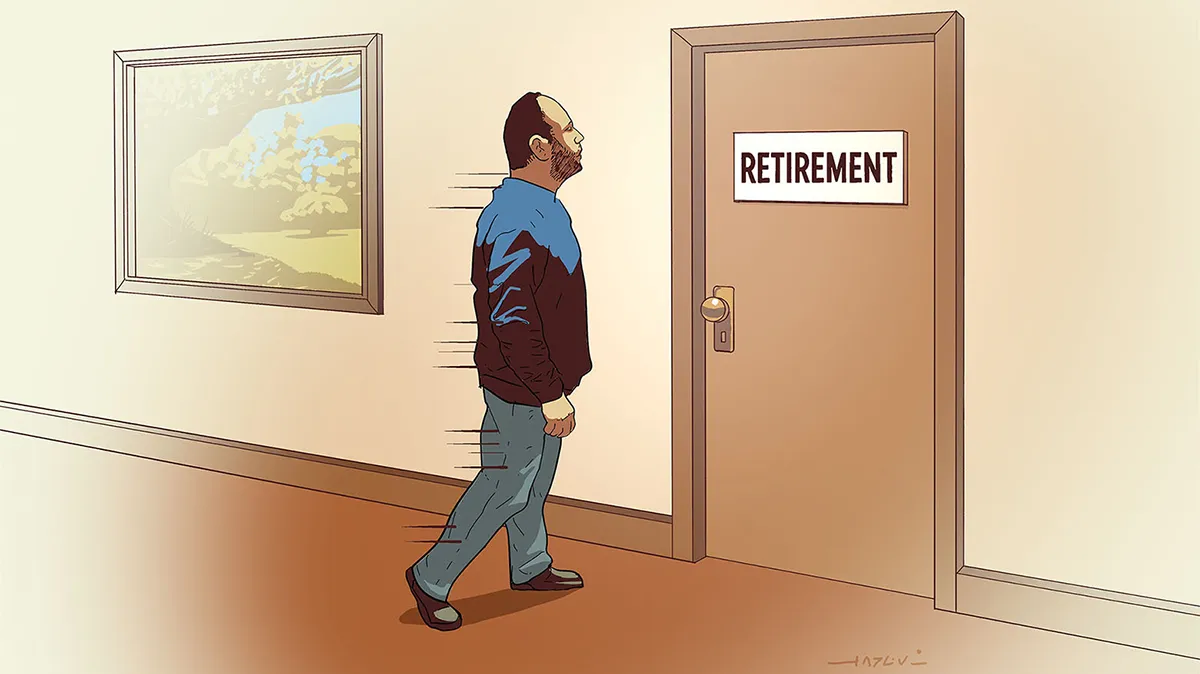





EV’s are a part of the conversion process that can vastly reduce our reliance on Fossil Fuels to generate power. But filling the world with huge batteries is NOT a good way to get there. As discussed, the environmental issues with mining enough materials to build batteries is a huge issue both with their initial production as well as the process of disposing of them when they are no longer effective. The better solution for EV’s is to power them with Hydrogen Fuel cells.
i assume that Elon knows this and will recognize it in the near future.
The charging process is currently relatively cheap but once a utility capacity has been reached, the cost of recharging will increase.
After using FSD v13, I believe autonomous driving is going to have a bigger effect than the adoption of EV powered vehicles. Previous versions of FSD were scary;. V13 is scary because it drives the car like a good very careful human driver. At night, on a neighborhood street with speed bumps every so often, the car slowed before crossing it and picked up speed immediately after. Merging onto a fast moving freeway is also done very smoothly. I formerly dismissed Tesla’s approach using cameras only, but now having used the latest version, I am ready to conceed , and happy, that it will work.
You didn’t cover the “resale” market for EV’s. I’ve heard that selling or trading-in a used EV is difficult. Potential buyers have heard the stories of $20,000 battery replacement charges and the high price of replacement components and body parts. On the other hand, our son was able to buy a used EV for a bargain — it only has about an 80 mile range but is great for driving around town and charged overnight (a long overnight).
The dynamic of tesla has changed a lot recently. The choice to go with pure visual inputs has tied in really well with transformer agi models and so
the FullSelfDriving (FSD) is getting way better faster. The massive data collection Tesla has is a material advantage in the race to autonomy. Tesla manufacturing prowess is deeply innovative and vertically integrated, which is paying off with lower cost of goods almost every car line.
Cybertruck shows that boundless opportunities are for different car niches, including vans, smaller pickups etc.
There is a lot of optionality value to the other business Tesla does, charging, large energy storage, and humanoid robotics, as well as licensing its AI.
The big uncertainty is that there is currently a “bood bath” in pricing in China, because of the countries tendency to push investment with out limits.
However as quality leader and price leader in the neutral ground of Europe, Tesla has done very well despite the blood bath in china, which is somewhat
contained by the lack of shipping capable of moving cars from China to Europe.
the other big uncertainty of course is just Elon. I judge him as a great engineer and I forgive is other excesses. He is the most interesting entrepreneur of the the 21 century without doubt.
Good article that leaves out the biggest reason of the last 5 years to buy one: GHG emissions eliminated. Yes, the battery materials mining has a bigger impact on the environment than some of the components of an ICE, but if the emissions are omitted from the comparison there is little point.
Looks like EVs definitely emit less GHGs, mine to tailpipe, than ICES.
https://www.canarymedia.com/articles/electric-vehicles/chart-evs-are-definitely-cleaner-than-gas-cars-over-their-lifetime
Overall a good article but there are a couple of factual errors. Teslas are not the fastest charging vehicles. Tesla uses a 500V architecture for their batteries. Porsche, Huyndai, Kia, Genisis, Rivian and Lucid EV’s all have 800V battery architectre that allow significantly faster charging times than Tesla. With battery preconditioning I can easily charge my Hyundai Ioniq 5 from 10% to 80% state of charge in under 20 minutes at a public charging station. So faster charging times are here now, and will only get better.
As March 2024 high speed non-tesla charging stations are well situated along the 95% of the interstate highway system to support non-tesla road trips. So while not yet as extensive as the Tesla network, I think “limited” would be a fairer characterization rather than “Spotty.”
The point about clean vs dirty Utility power generation is a good point. However the cleanest option doesn’t use a public utility for routine overnight charging. The 24 panel solar array on my home not only meets all my household electrical needs but charges my car as well for 8 months of the year. This is in the rainy PNW so imagine the ROI in a sunnier location. My point is most home solar only looks at household energy cost for ROI calculations. Once one factors in eliminating the cost of gasoline for one’s primary transportation, the ROI number look much better.
There are now 2 very large sources of Lithium in North America, the volcano site in Colorado and the brine pools in Alberta, Canada. Within a year or two the price of Lithium could be in freefall towards $4,000 per ton, the estimated cost of producing it from brine deposits. There could even be a non Lithium battery, namely an Aluminium/ Graphene battery, currently under development in Brisbane by Graphene Materials Group and Brisbane University The lower cost and size of batteries will transform the economics of EVs and signal the death of over complicated ICE vehicles. There is also the promise of more adaptive electric motors where torque characteristics can be changed and controlled by new types of electronic controls. (see E3 Lithium, TSVX:ETL)
One key mistake when thinking about infrastructure for EVs is to assume that the infrastructure must resemble the infrastructure implemented for ICE vehicles.
“Imagine a world where it takes only 10 minutes to charge an electric car with a range of 900 miles.”
When vehicles achieve this range, then there is *no value* in a fast charging cycle. It is very infrequent that any of us get to drive 900 miles in a day, which means charging infrastructure is needed only where we sleep (“Homes and Hotels”), and charging times do not need to be faster than 8 hours, or maybe 6, for a car that only one individual will drive.
Ranges such as 900 miles or even 2000 miles (made by switching from current commercialized batteries to Li-O2 batteries prototyped at universities in 2020) also eliminate the need for the battery to retain capacity for multiple thousands of charge-discharge cycles. The rest of your car won’t last 900,000 miles, if you drive that far in your entire life, so why would it matter how well your battery performs after 1000 cycles, let alone 2000 cycles.
Unfortunately, we are unlikely to ever see ranges of 900 to 2000 miles on an EV. Instead, the higher energy density batteries will enable manufacturers to design vehicles with the minimum range we’ll accept, reducing the size and cost of the battery. The key to controlling this, and hopefully seeing a 2000-mile range, is to ensure that 400-mile range isn’t acceptable to consumers. This means specifically NOT building the fast-charging infrastructure that enables EVs to be an incremental change, and instead focusing our incentives and intentions on slower charging at Homes and Hotels. And educating the consumers about the benefits of an “All Day Range” EV.
A question that is either overlooked or intentionally avoided regarding EV’s and renewables. If they are so great, why are both heavily subsidized with taxpayer dollars to encourage purchasing. In the case of renewables this subsidy has been going on for decades.
The homeownership rate in the USA is app. 66%. And that includes condo and co-op owners without garages and in-house charging ability. For those who can charge from their home to their car if parked on a street opens up a cornucopia of delights for the trip and fall attorney industry. For the remaining 34% of car owners 2-3 hour charging times are not feasible assuming a charging station is available. Long charging times would deter many from making the long road trip especially those with children. Forget the cross country trip across the Interstates that were popular in the 60’s and ar still a referred trip for families today. On a more sinister notes is this a back door effort by government to limit travel and thus communication? I believe EVs will go the way of beanie babies only because I believe in limitless power of human ingenuity. I believe our future is in nuclear. The Chinese have just developed a nickel based isotope battery the size of a coin that holds a charge for 50 years. I remember in the 60’s when a computer took up a whole room. At that time very few people except the visionaries would have conceived the power we have in our cell phones. I believe the same will happen with nuclear batteries. Some genius will develop a battery of standard size that will charge a car for decades. The nickel isotope has a half life of app 92 years so a fifty year charge is a spectacular accoplishment. Human endeavor is unstoppable. BY the way I love your Dad’s paintings. Tell him so for me.
Overall, a very balanced article. Some things that you should touch on: EVs require much less maintenance than ICE vehicles but require frequent replacement of expensive tires. Fire is a safety issue, especially if you park your car in the garage. Range anxiety is not imagined but is a reality for most of us. The US electrical grid is not capable of supporting mass ownership of EVs. Funding is largely being wasted on “green” wind / solar / other energy sources that are neither affordable nor realistic in the long term. Those funds should be redirected to updating, hardening and expanding the electrical grid with viable energy sources so that EVs can be possible in the future (if that is to be). Politically motivated governments make decisions that are based on bias and not on sound facts and considerations. They should let the free market do its magic.
I now have my 3rd Tesla Model S. All of your points about the advantages of EV are correct in my experience: Low maintenance, driving experience, convenient charging at home, low cost of running the vehicle. All of these are huge advantages over ICE cars, and resolve the value proposition issue. The lack of reliable and convenient quick charging is the only thing holding this transition back.
I have one nit to pick with your essay: You said “I am an optimist, because I believe in free markets, human ingenuity, and the hunger for self-actualization — and yes, unadulterated greed. ” I hope this was just a slip because you don’t strike me as someone who believes in “unadulterated greed”. Greed is incompatible with the other attributes you listed. Conflating greed with human ingenuity is incorrect. Belief in free markets does not make one greedy.
As always I enjoy your father’s art( soul) and your writing. I believe one issue you didn’t raise which will make those of us fearful types resist buying or leasing an EV. The missing link isn’t just the lack of charging stations for the distance driving, it is a lack of faith in the power grid to support it. California and Texas both have very weak power grids, and I don’t expect them to get better. That means sharing. Ask a Californian , NY’er, or Texan about blackouts….a/c for the 100 degree day or power for Mr.$100K Tesla?